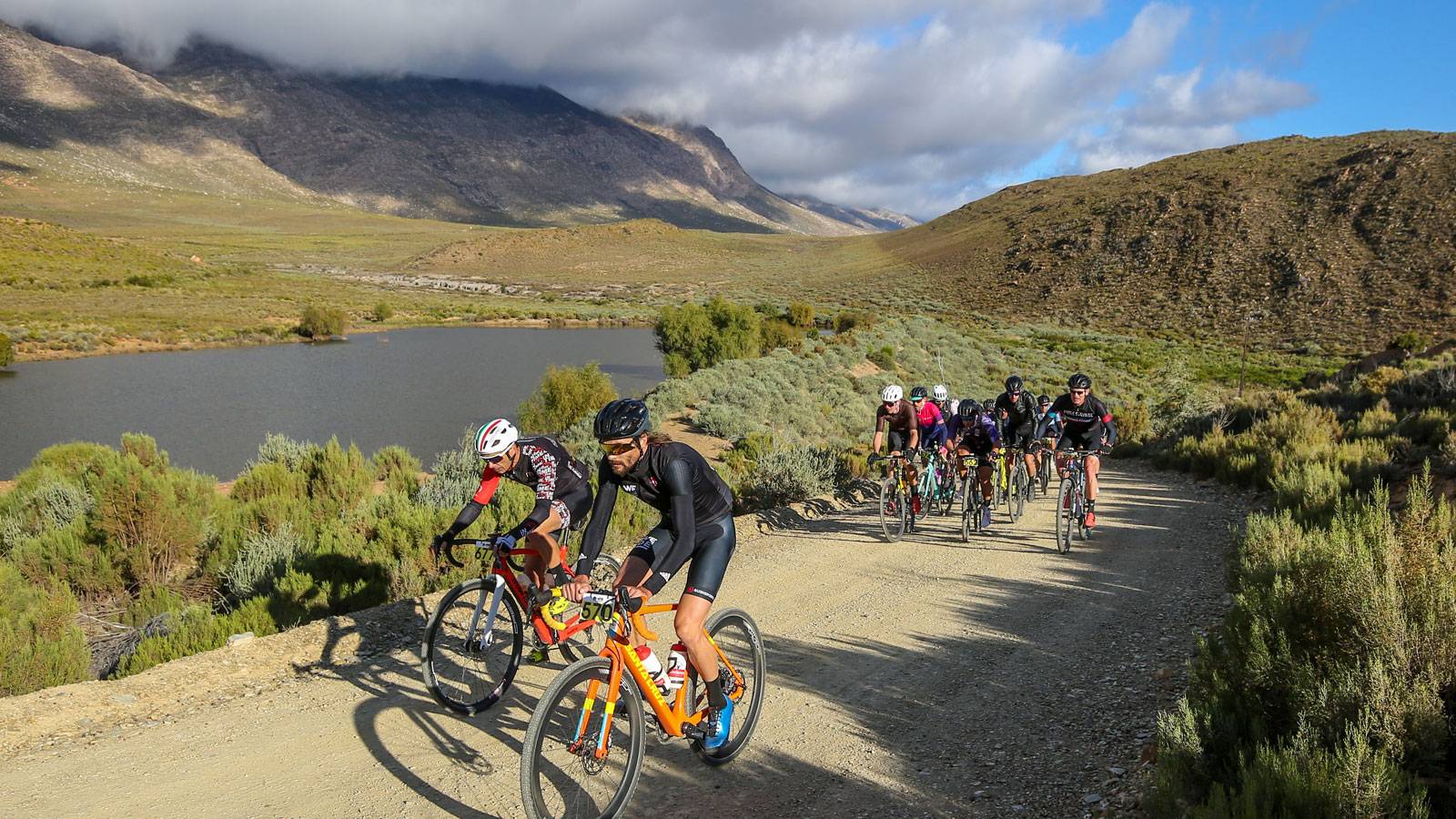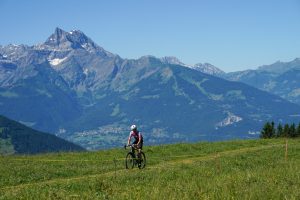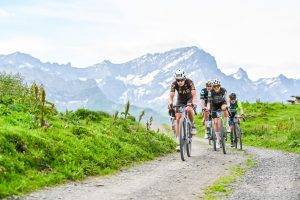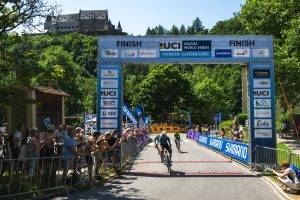The second new qualifier event of the season takes place on Saturday April 29th in South Africa, the country who is famous for large mass participation events.
The Swartberg100 Gran Fondo is the race who has the highest percentage of asphalt and thus resembles most a traditional road race, but the reality is that the many descents require good technical skills.
Organiser John Swanepoel : “The race is indeed a mix of long paved sections and three gravel sections. After the start in Prince Albert, the long 170km route has a first long 47km asphalt road going over the Kredouw Pass which is slightly going uphill for 12km for 220m of elevation.”
A climb that most riders will survive?
“Yes, it’s not very steep with less than 2% average gradient and those who are dropped get a long descent to come back before the first gravel section.”
How is that first gravel zone?
“It’s not very hard and also the shortest sector with its 20km going over the Middelwater climb. The first part of the descent is still on gravel and then further on paved roads with beautiful switchbacks. This part of the course is super beautiful with unusual geographic features and views of a canyon.”
The second half of the course has more gravel?
“Yes, starting with the second gravel zone in between kilometers 90 and 120. It’s here that the 80km course will start. It starts with a 15km climb which we call Oudemuragie, followed by a 15km descent. This part of the course is much greener and looks totally different as we are at the south side of the Swartberg Mountains. It’s also here that the race is often decided as riders could often hang on until now but then feel that the stronger riders can make the difference.”
And then the final climb towards the Swartberg pass. This seems to be the hardest part of the course?
“For sure it is. The climb starts with a first paved road for 21km, followed by the last steep gravel section towards the summit of Swartberg pass at an elevation of 1583m. The average gradient is only 3.5%, but it gets steeper towards the top with a maximum gradient of 12% in the last 3km. Once you get at the highest point, it’s not over yet as there is a second peak which seems more challenging than the first one although riders have had a short downhill and it’s not so high anymore with its 120m of elevation.”
To then finish with a long descent?
“The first 15km of the downhill are still on gravel with a lot of hairpin bends and demand some technique before arriving in the last 5km of paved roads towards the finish in Prince Albert where a big bunch of spectators are welcoming the riders.
If I have a look at the split tar-gravel, it has more paved roads?
“The race has only 43% of gravel roads, but most riders have the impression that it’s more gravel than asphalt as the gravel sections are often going up and come towards the end of the race.”







